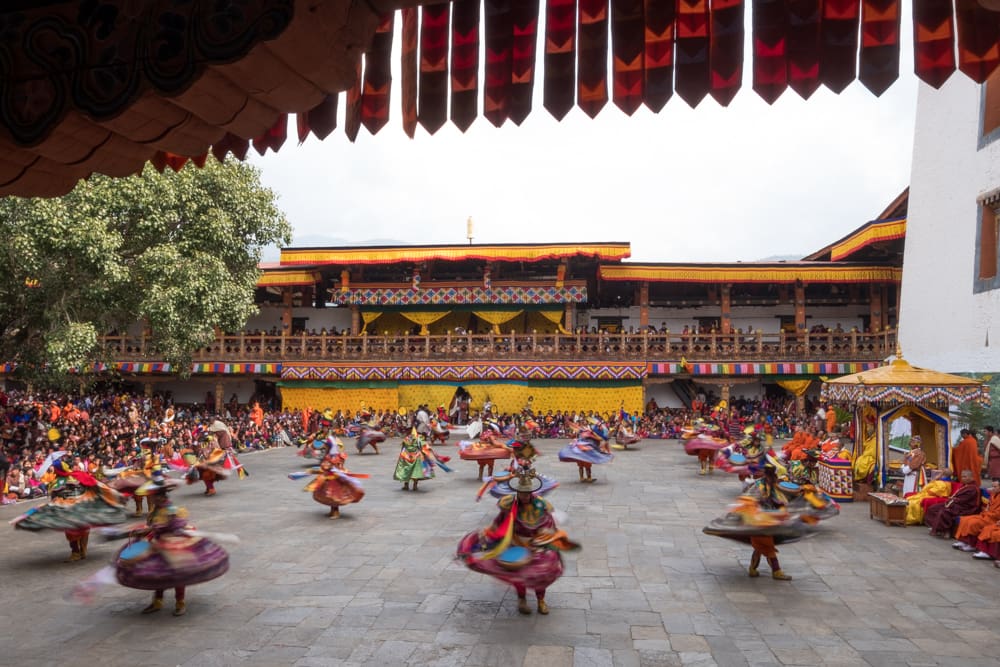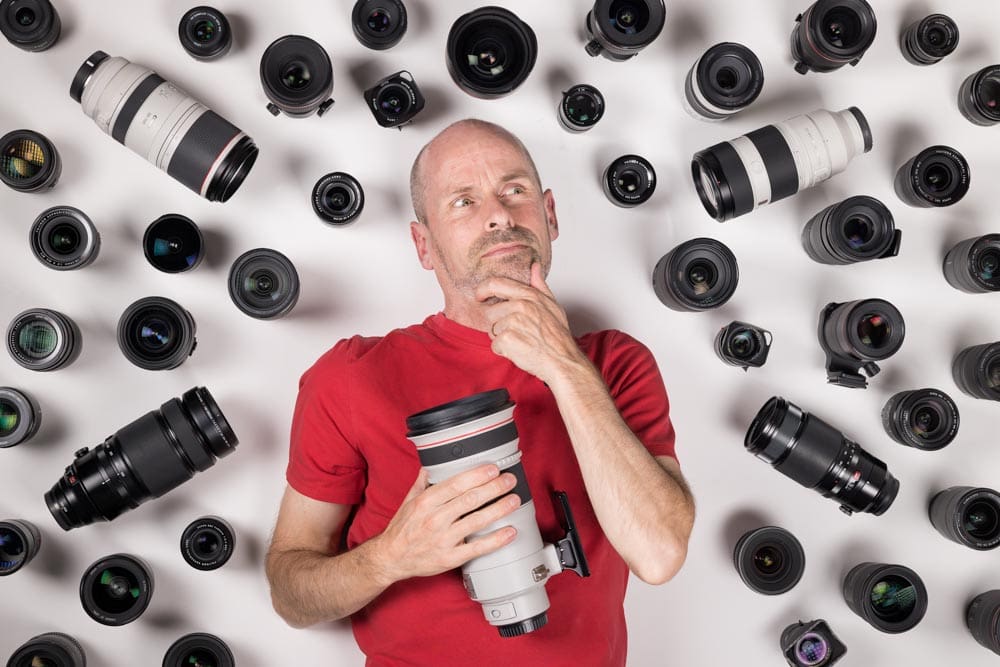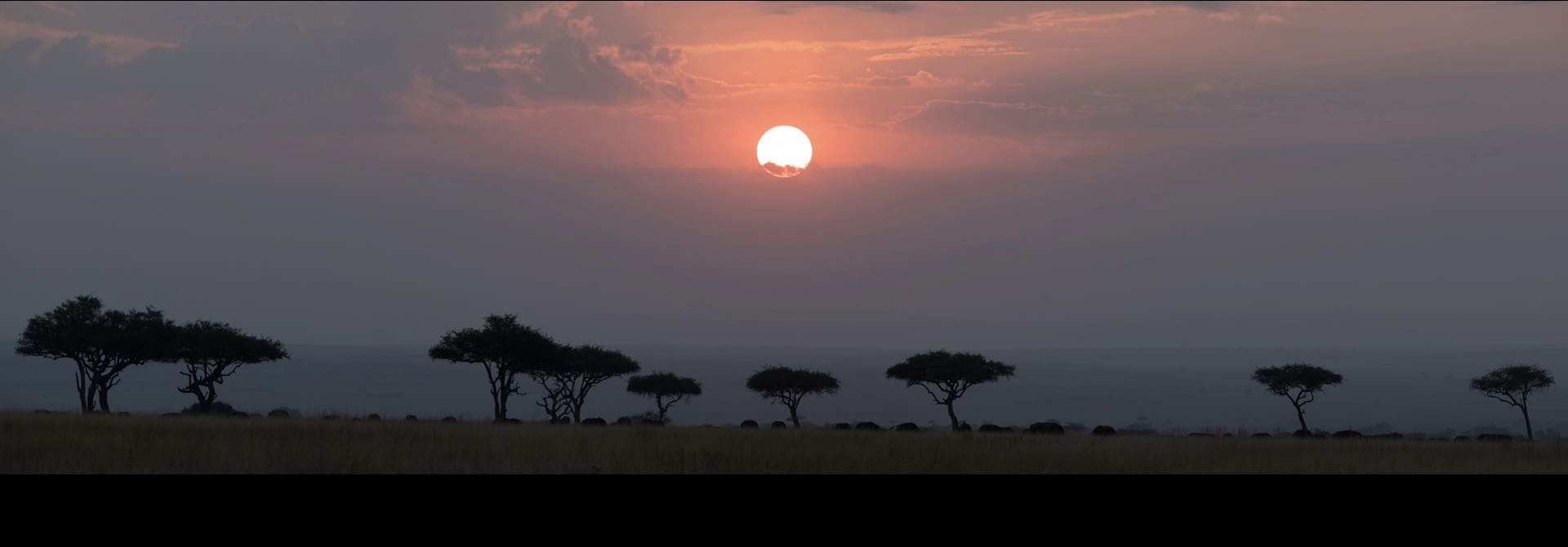The Skagit Valley tulip fields, north of Seattle, are a favorite spring destination for locals, tourists, and photographers alike when they hold the Tulip Festival. I’ve visited the fields numerous times over the last decade or more and have routinely found the experience a great photographic experience. After a few years of absence I decided to return to see what new compositions I could find.
For those that have not had a chance to visit the Skagit Valley during the spring bloom, let me give you a short briefer. The Skagit River starts in the Cascade mountain range and en route to the Pacific Ocean terminates in a rich farming community called the Skagit Valley.
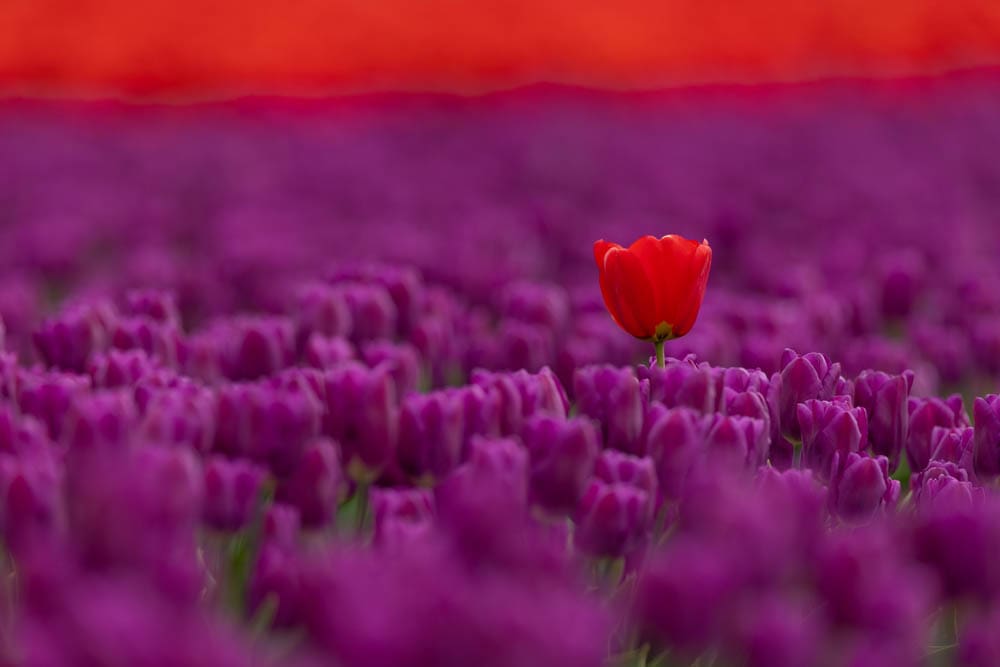
Canon R5, Canon EF 300MM F/2.8 + 2X @ 600MM | f/5.6 | 1/800 sec | ISO 200
Almost 150 years ago the land was discovered to be ideal for flower growing. With some help from the Dutch, the NorthWest flower growing business was started. Today, the annual Skagit Valley Tulip Festival is the largest in the US by acreage, number of farms, and days of bloom. Daffodil flowers are also grown in the area but are less of an attraction than the multi-color tulips.
Public transportation is sparse so most people drive to the valley and then from field to field. As the valley is flat it also makes for an ideal bicycle tour. However the narrow roads and festival crowds can make for very crowded roads especially on the weekends and sunny days during peak bloom. Major traffic jams are the curse of locals, but fortunate for them it only lasts for the month of April.
If you’d like to photograph the tulips, here are some tips and advice. The first thing to know is that there are two different ways of seeing and photographing the flowers: private fields and private gardens.
Tulip Gardens
The reliable and easy way to see the tulips is to visit one of the official tulip gardens open to visitors. Several farms have discovered that they can make more money charging people to stroll around the flowers than sell the flowers and bulbs. You will be charged a parking fee and/or an entrance fee, and in exchange you’ll be allowed to wander through a curated garden and around their fields of tulips.
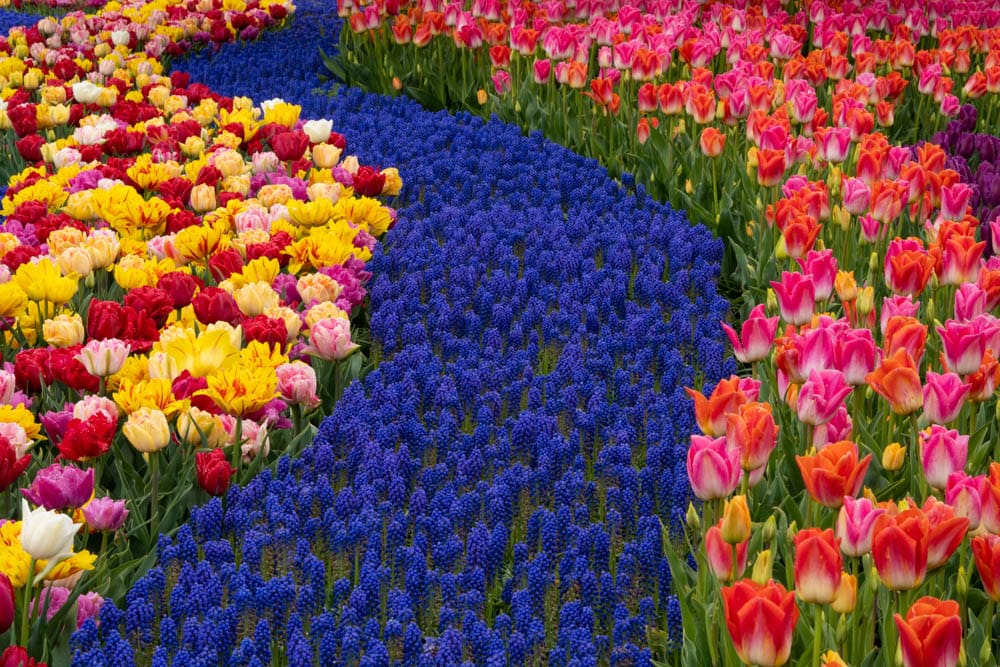
Sony A7R V, Sony FE 100-400MM F/4.5-5.6 @ 123MM | f/32 | 1/10 sec | ISO 100
This year there is competition between four different farms that are vying to attract visitors. The two largest are Tulip Town and Roozengaarde; both of which are pretty sure bets from my past experience. The displays in these gardens can be quite impressive as that is exactly the intent. The orchestrated displays attract a lot of attention from tourists.
Tourist gardens will feature large parking lots, concession stands for both food and flowers, various farming displays, tractor rides, and toilets. These tourist gardens/farms are likely to have a mixture of garden areas and field areas. The fields are often curated for maximum color impact and these fields may be the most striking you will find in the valley.
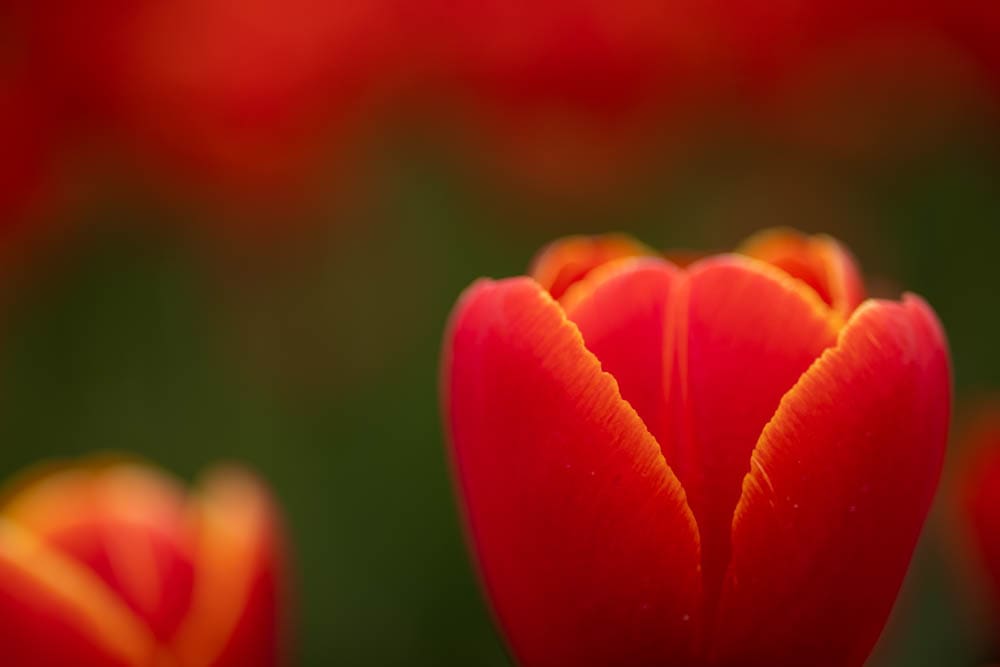
Canon R5, Canon RF 85MM F/2 @ 85MM | f/2 | 1/800 sec | ISO 100
As you might imagine, lots of tourists combined with few restrictions on where they can go result in lots of people in any shot that captures a large area of the landscape. I’ve found myself waiting for 10 or even 20 minutes for a single person to move along to a new location so that I could get a particular shot. In these crowded environments I’ve found it better to look for other types of shots. Close-up’s and shallow depth-of-field shots are a different way of capturing the tulips, and new opportunities open up when you start to look for them.
These private gardens have limited hours, often 9am to 6pm, so capturing sunrise or sunset will be difficult to impossible. These gardens are ideal in the middle of day and especially when there’s cloudy skies where you can aim your camera on the flowers and frame out the people and surrounding environment.
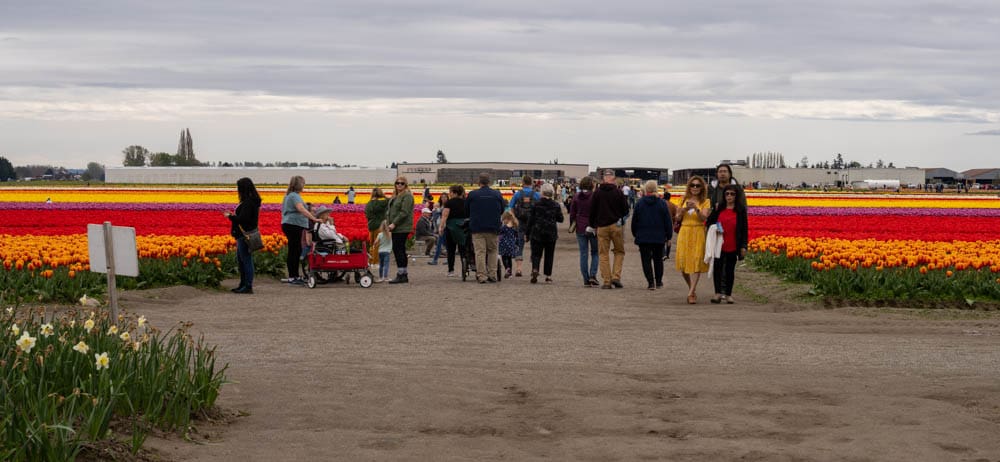
Sony A7R V, Canon TS-E 90MM F/2.8 @ 90MM | f/16 | 1/100 sec | ISO 100
Tulip Fields
The second way to see tulips is bit more unpredictable. Numerous tulip farmers have little to no interest in the tourism business and concentrate on growing and selling flowers and/or the bulbs both locally and internationally. This is a business enterprise and the fields are on private land which means access to them will depend on their proximity to the road, available parking and the generosity of the land owner. Some farms may charge a small fee for parking, others may allow it for free.
Where exactly are the fields? The Skagit Valley includes a farming area that encompasses about 100 square miles with numerous farms, only some of which grow tulips. Furthermore, tulip fields are rotated on a regular basis; so last year’s fantastic location won’t be there the next year.
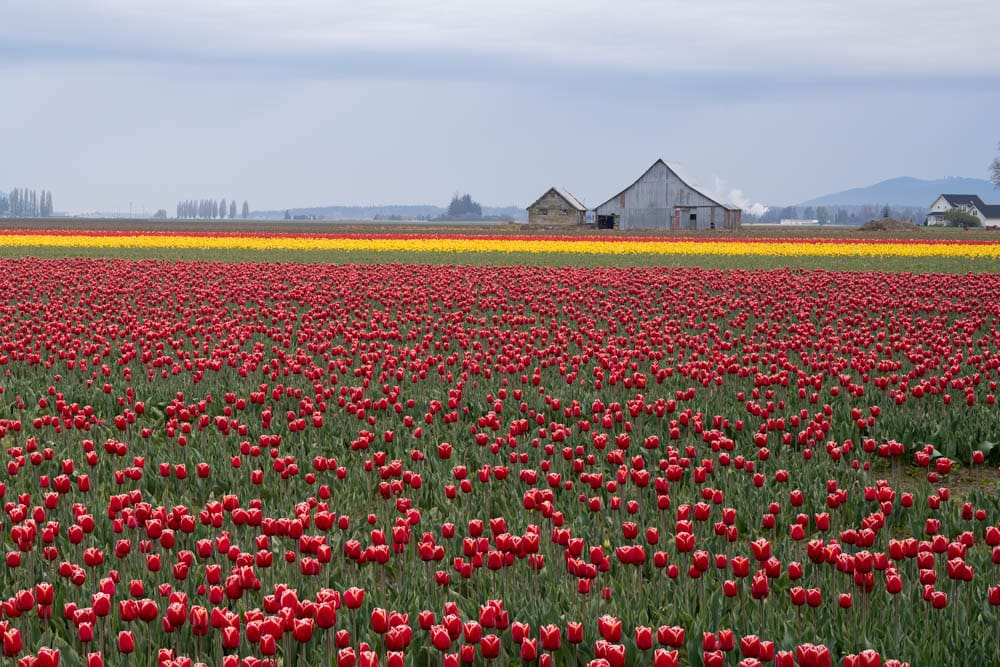
Sony A7R V, Canon TS-E 90MM F/2.8 @ 90MM | f/8 | 1/25 sec | ISO 100
Touring the valley looking for fields of flowers you are likely to spot a half dozen or so fields in addition to the gardens discussed earlier. Having visited several times, I’m surprised that I keep finding fields in new locations that I have never photographed before. There are several favorite locations from my previous visits that I may have to wait several years before getting another chance at that location.
The rotating fields are a blessing and a curse. Some fields are particularly good to work with for a variety of reasons. A field may have a beautiful mountain in the background, an old barn on it or situated perfectly to take advantage of the morning light. Other equally important reasons may include easy access, good parking and available toilets. Whatever the case, your experience will vary from field to field and from year to year.
The blessing of the rotating fields is the variety of new opportunities they present. With each new location comes new options for backgrounds and color combinations. With a small collection of lenses (I’d recommended wide, telephoto and close-up) you can work for hours creating new compositions.
A word of warning, as the tulip fields are on private land you may have highly limited access depending on the field and the available parking. Locals know the magnetic attraction of the colorful fields of flowers and may post no parking signs and erect fences, barriers and cordon off any and all private land where they don’t want you to go. Some fields are just not accessible to the public and it’s best to respect the property owner’s request.

Sony A7R V, Canon EF 300MM F/2.8 @ 3000MM | f/2.8 | 1/160 sec | ISO 100
Occasionally a private field will have free parking and open dirt paths for walking around the field of flowers. You are not allowed to walk between the rows of flowers! There are always many signs that mention this little restriction, yet there will be an endless stream of parents photographing their kids, and people that just must stand as close as they can to the flowers in order to get the “perfect” photo/selfie. Some farms will employ workers to watch the field and usher anyone not in the right spot back to where they are allowed to be.
Despite the limitation, the open farms are my preferred shooting locations partly for the variety, but also for the much smaller crowds. The limited access can be hugely beneficial when trying to capture a field of flowers and a background subject free of a bunch of tourists.
Some of the farms will allow people onto their private land and wander around the fields, but just not between the rows. This trend is diminishing from what I’ve noticed and I can only guess that letting the public roam around a private farm only leads to problems.
At a minimum you’ll want to wear hiking boots or similar, after all you’ll be on farm land in the northwest, where it rains a lot. If conditions are poor (wet) you may want to have rubber boots because you can easily find yourself in several inches of water and mud.
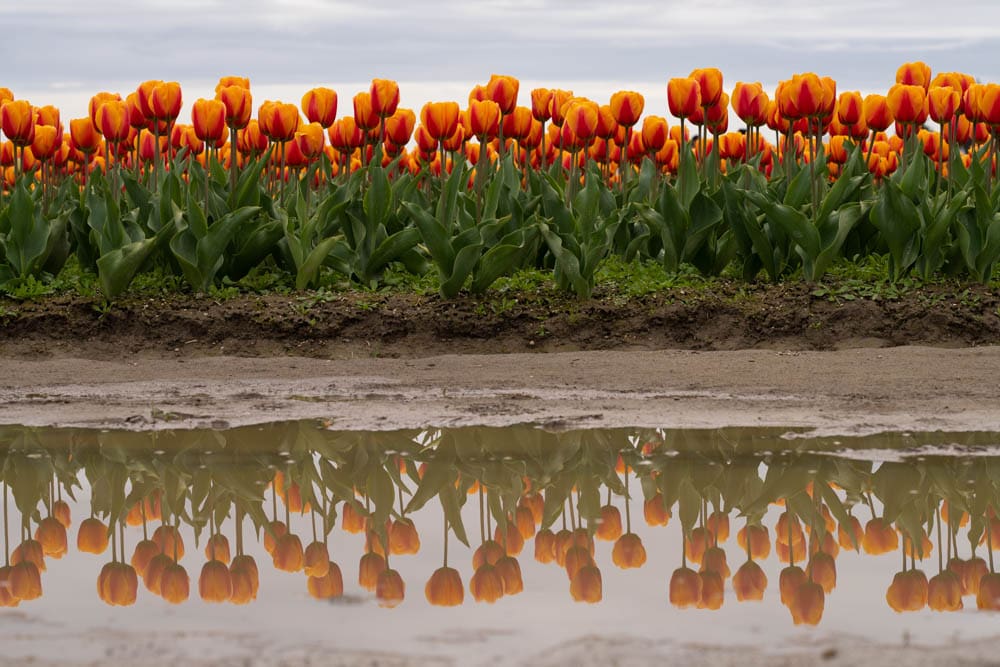
Sony A7R V, Canon TS-E 90MM F/2.8 @ 90MM | f/8 | 1/250 sec | ISO 100
An open field near the road with good parking is a gem to find especially at first light when the sun breaks over the Cascade Mountain range. With a background free of people you can take your pick of lenses from wide angle – showing the steep angled rows extending to far into the distance, or telephoto – compressing the tulips with a barn, mountain or other landscape element in the background.
What Lenses to Bring
I’ve found the tulips fields are the perfect environment for my beloved tilt/shift lenses. The tilting ability to hold sharp focus on the flowers at my feet as well as the far end of the field yields an idealic image. The shift nature of the lens can be used to create a panoramic which can be perfect for covering a wide field of flowers. Not to worry if you don’t own a tilt/shift lens, you can also use focus stacking and the traditional multi-shot panorama with rotating around the camera’s axis.
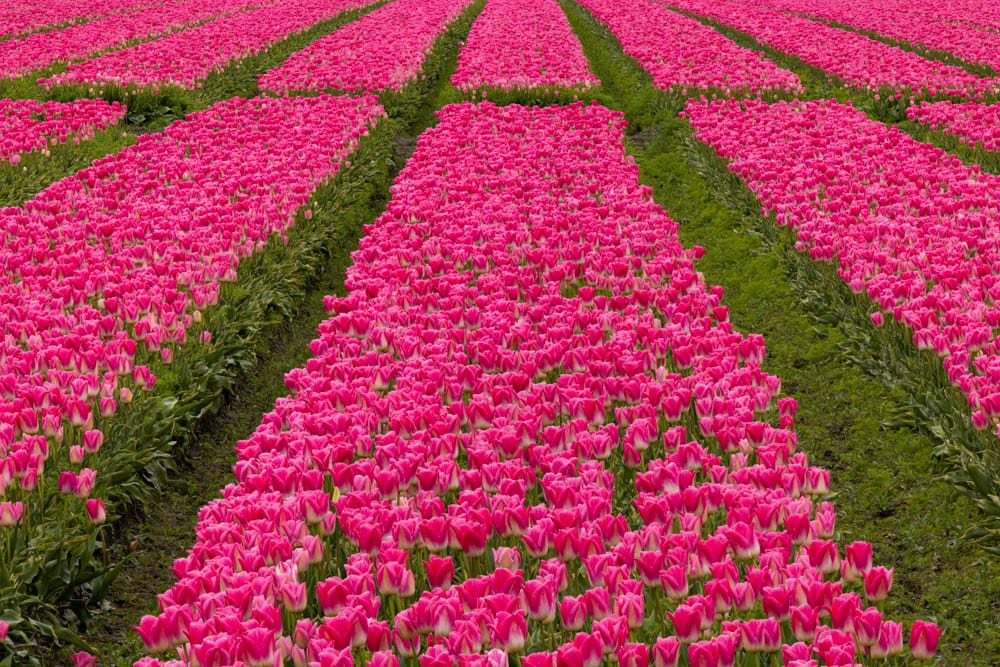
Canon R5, Canon EF 300MM F/2.8 @ 300MM | f/11 | 1/80 sec | ISO 100
[Focus stack of 20 images]
This is also the right environment for a macro lens or any lens with a shallow depth of field. Close-up compositions and ones with shallow depth-of-field can provide an unlimited number of opportunities for getting creative. You really can’t go wrong with any focal length in the tulips. I’ve used everything from a 16mm fisheye to a 600mm telephoto.
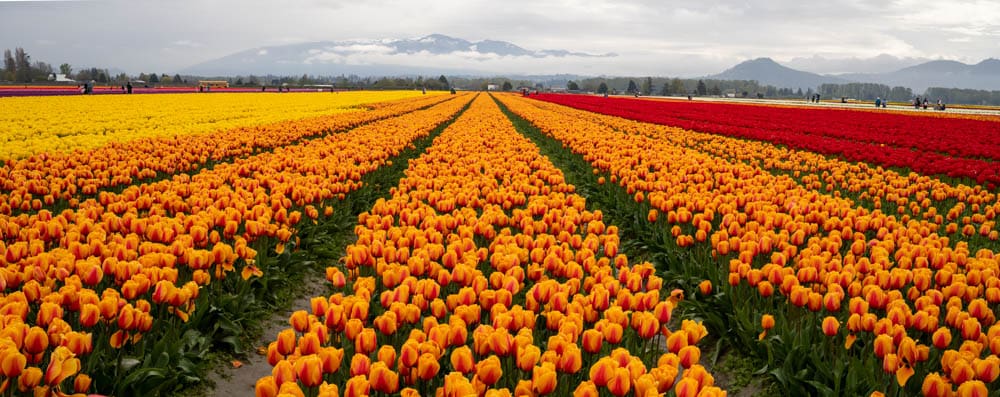
Sony A7R V, Canon TS-E 50MM F/2.8 @ 50MM | f/11 | 1/100 sec | ISO 100
[panorama – 3 images]
No matter your skill level or primary photographic interest, the tulip fields are a great test of your creativity. No matter the weather or time of day there are opportunities all around; it’s just a matter of if you’re keen enough to see them. The Skagit Tulip fields should be on most photographers bucket list of great locations to visit at least once in their lifetime.
Do you have a favorite flower field in your region? Tell everyone about it in the comments below.
Cameras used by John: Sony A7R V & Canon R5
Become part of John’s inner circle
Sign up for the newsletter here — it’s free.
Want to become a better photographer?
Check out John’s selection of photography and camera classes here.
